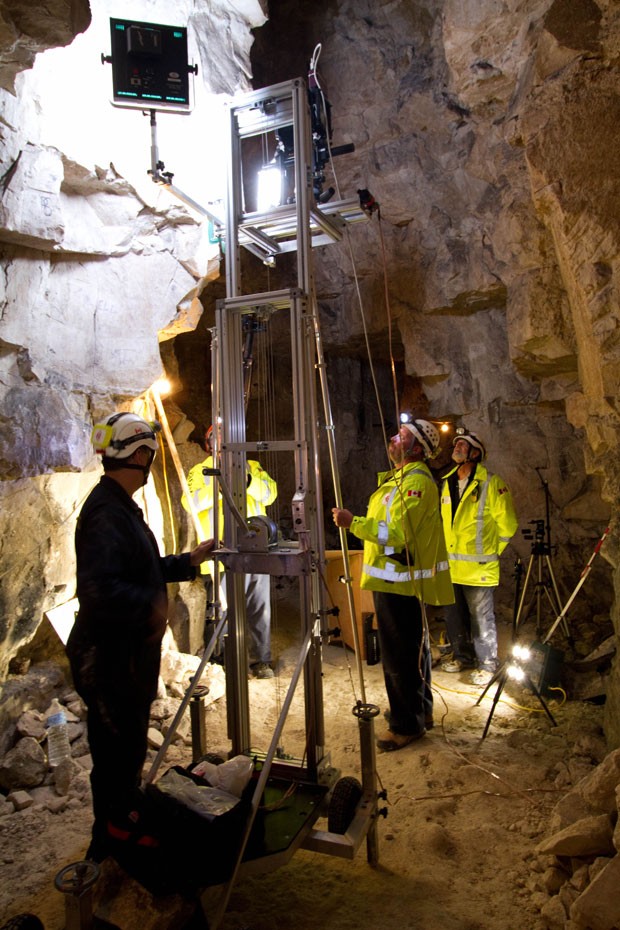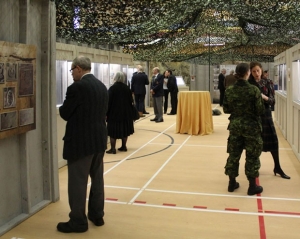The Souterraine Impressions Project, which has been on tour for a year and was recently in Montreal, has drawn families of the soldiers, allowing them to see a creative side of their relatives, or perhaps just simply their name and home town.
“They didn’t even know that the fellow did anything like that, so for them it was quite an emotional experience,” he says.
“Some of these fellows were carvers, some were stone masons, some were wood workers. So the carvings from that perspective are completely different from somebody who has absolutely zero talent but still wants to put their cap badge on a wall.”
Next year will mark the 100th anniversary of the Battle of Vimy Ridge, the First World War battle won by Canadians against the Germans — but at a cost of 10,000 of Canada’s soldiers.
Andrusyszyn reports that there is still much to do to preserve the messages the young men left behind.
“I need another life to finish the rest of it,” he says. “We’re in only one section of the Canadian frontlines and there are two other caves that are very similar to this.”
A list of names and service numbers of the soldiers to whom the carvings have been linked is available on the CANADIGM website.
#CUalumni
Related links
 Zenon Andrusyszyn and a team of volunteers have been working in an underground cave in northern France to preserve the words and drawings of young soldiers before the Battle of Vimy Ridge in the First World War. | Photo: Zenon Andrusyszyn
Zenon Andrusyszyn and a team of volunteers have been working in an underground cave in northern France to preserve the words and drawings of young soldiers before the Battle of Vimy Ridge in the First World War. | Photo: Zenon Andrusyszyn
 The Souterraine Impressions Project was shown at the Royal Montreal Regiment Museum last month and is touring across Canada. | Photo: Cpl. Yeung
The Souterraine Impressions Project was shown at the Royal Montreal Regiment Museum last month and is touring across Canada. | Photo: Cpl. Yeung